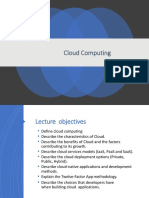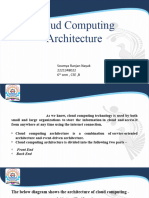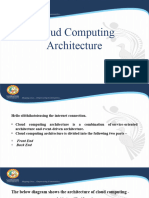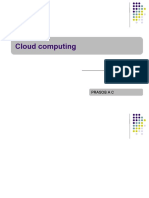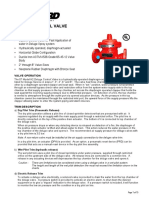0% found this document useful (0 votes)
13 views12 pagesWeek 3
The document provides an overview of DevOps practices, including configuration management, continuous integration, automated testing, and cloud computing concepts. It explains the importance of version control systems, particularly Git, and outlines the components and models of cloud computing. Additionally, it discusses the benefits of cloud-native application development and how DevOps enhances full stack development efficiency.
Uploaded by
asnvishwas1244Copyright
© © All Rights Reserved
We take content rights seriously. If you suspect this is your content, claim it here.
Available Formats
Download as PDF, TXT or read online on Scribd
0% found this document useful (0 votes)
13 views12 pagesWeek 3
The document provides an overview of DevOps practices, including configuration management, continuous integration, automated testing, and cloud computing concepts. It explains the importance of version control systems, particularly Git, and outlines the components and models of cloud computing. Additionally, it discusses the benefits of cloud-native application development and how DevOps enhances full stack development efficiency.
Uploaded by
asnvishwas1244Copyright
© © All Rights Reserved
We take content rights seriously. If you suspect this is your content, claim it here.
Available Formats
Download as PDF, TXT or read online on Scribd
/ 12





